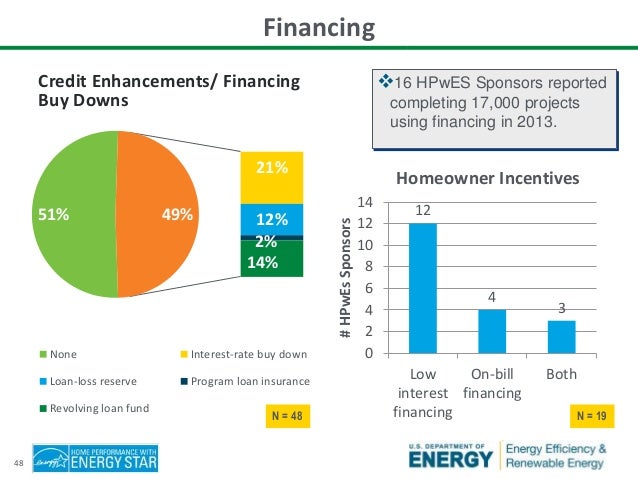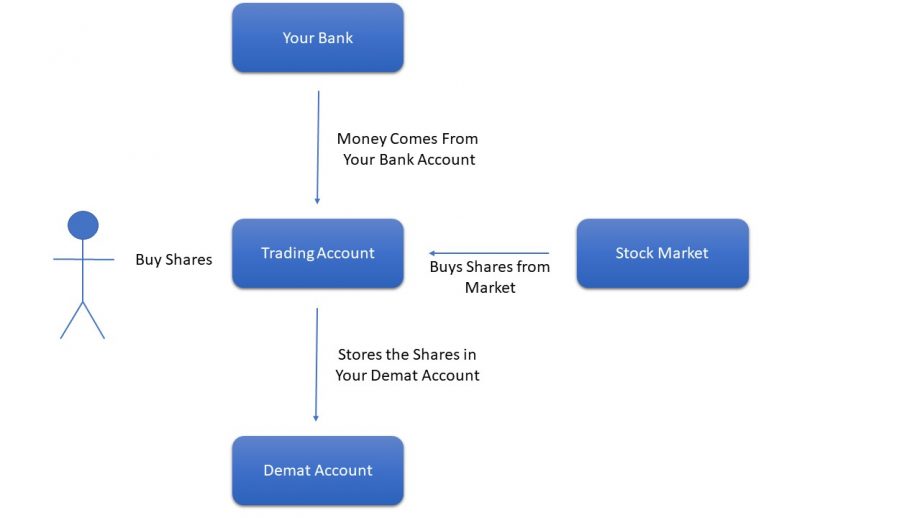

Step 6: Next, determine the average accounts payable, which is the average of the accounts payable at the beginning and at the end of the period. Step 5: Next, determine the average inventory, which is the average of the inventory at the beginning and at the end of the period. Step 4: Next, determine the average accounts receivable, which are the average of the accounts receivable at the beginning and at the end of the period. The net fixed asset is gross block minus accumulated depreciation.

Step 3: Next, determine the average net fixed assets, which are the average of the net fixed assets at the beginning and at the end of the period. It is also reported as a cost of sales in many income statements. Step 2: Next, determine the cost of goods sold which is the aggregate of all the directly assignable cost of production, primarily raw material cost and direct labor cost. Step 1: Firstly, determine the company’s net sales during the given period of time. The Efficiency Formula can be calculated by using the following steps:

Average Accounts Receivable = ($17,874 million + $23,186 million) / 2.Average Net Fixed Assets = $37,543.5 millionĪverage Accounts Receivable is calculated using the formula given belowĪverage Accounts Receivable = (Opening Accounts Receivable + Closing Accounts Receivable) / 2.Average Net Fixed Assets = ($33,783 million + $41,304 million) / 2.Calculate the efficiency ratios for the year 2018 based on the below-given information.Īverage Net Fixed Assets is calculated using the formula given belowĪverage Net Fixed Assets = (Opening Net Fixed Asset + Closing Net Fixed Asset) / 2

Let us take the example of Apple Inc.’s annual report for the year 2018 to illustrate the efficiency formula’s concept.
Pdf power utility investment banking primer download#
You can download this Efficiency Formula Excel Template here – Efficiency Formula Excel Template Efficiency Formula – Example #1


 0 kommentar(er)
0 kommentar(er)
